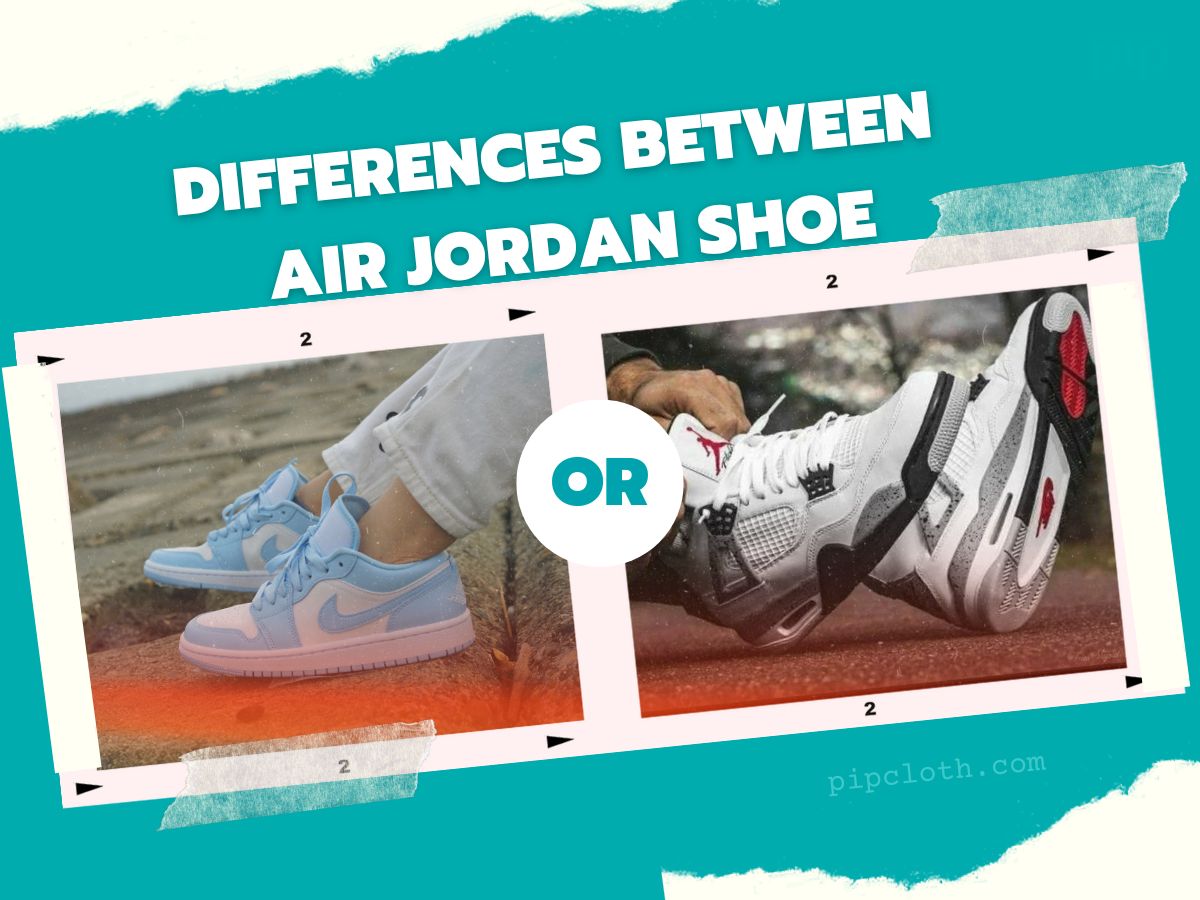In the realm of sneaker culture, Air Jordan stands as a titan, renowned for its iconic designs and unparalleled performance. However, what sets this brand apart is its unwavering commitment to sustainability. With the global fashion industry contributing to 10% of global carbon emissions and 20% of wastewater, Air Jordan has taken a bold stance to reduce its environmental footprint. Through innovative eco-friendly initiatives and the use of sustainable materials, Air Jordan is revolutionizing the sneaker industry, one step at a time. In this comprehensive article, we’ll delve into the nitty-gritty of Air Jordan’s approach to sustainability, from their cutting-edge use of recycled materials to their collaborative efforts with environmental organizations. So, let’s embark on a journey to discover how Air Jordan is not only creating sneakers that look and feel good but also doing good for the planet.
The Need for Sustainability in the Sneaker Industry:
The sneaker industry has a significant environmental impact, with the production of a single pair of sneakers generating an average of 13.6 kg of CO2 emissions. The use of synthetic materials, such as polyester and rubber, not only contributes to greenhouse gas emissions but also leads to the depletion of non-renewable resources. Moreover, the fast fashion culture has exacerbated the problem, with consumers buying more sneakers than ever before and disposing of them quickly. In fact, the average American throws away 81 pounds of clothing and textiles annually, including sneakers. Recognizing the urgent need for change, Air Jordan has stepped up to the plate, implementing a range of sustainable practices to mitigate its environmental impact. By embracing eco-friendly materials and production processes, Air Jordan is setting a new standard for the industry and inspiring other brands to follow suit.
Air Jordan’s Approach to Sustainable Materials:
At the core of Air Jordan’s sustainability strategy lies its innovative use of recycled and environmentally preferred materials. Let’s take a closer look at some of the key materials used in Air Jordan sneakers:
Recycled Polyester:
Air Jordan has made significant strides in incorporating recycled polyester into the upper construction of their sneakers. By using recycled polyester, which is made from post-consumer plastic bottles, Air Jordan reduces its reliance on virgin materials and diverts waste from landfills. In fact, a single pair of Air Jordan sneakers can contain up to 12 recycled plastic bottles. The use of recycled polyester not only reduces the carbon footprint of the sneakers but also conserves energy and water compared to the production of virgin polyester. According to a study by the World Resources Institute, the production of recycled polyester can reduce energy consumption by 30-50% and water consumption by nearly 90% compared to virgin polyester.
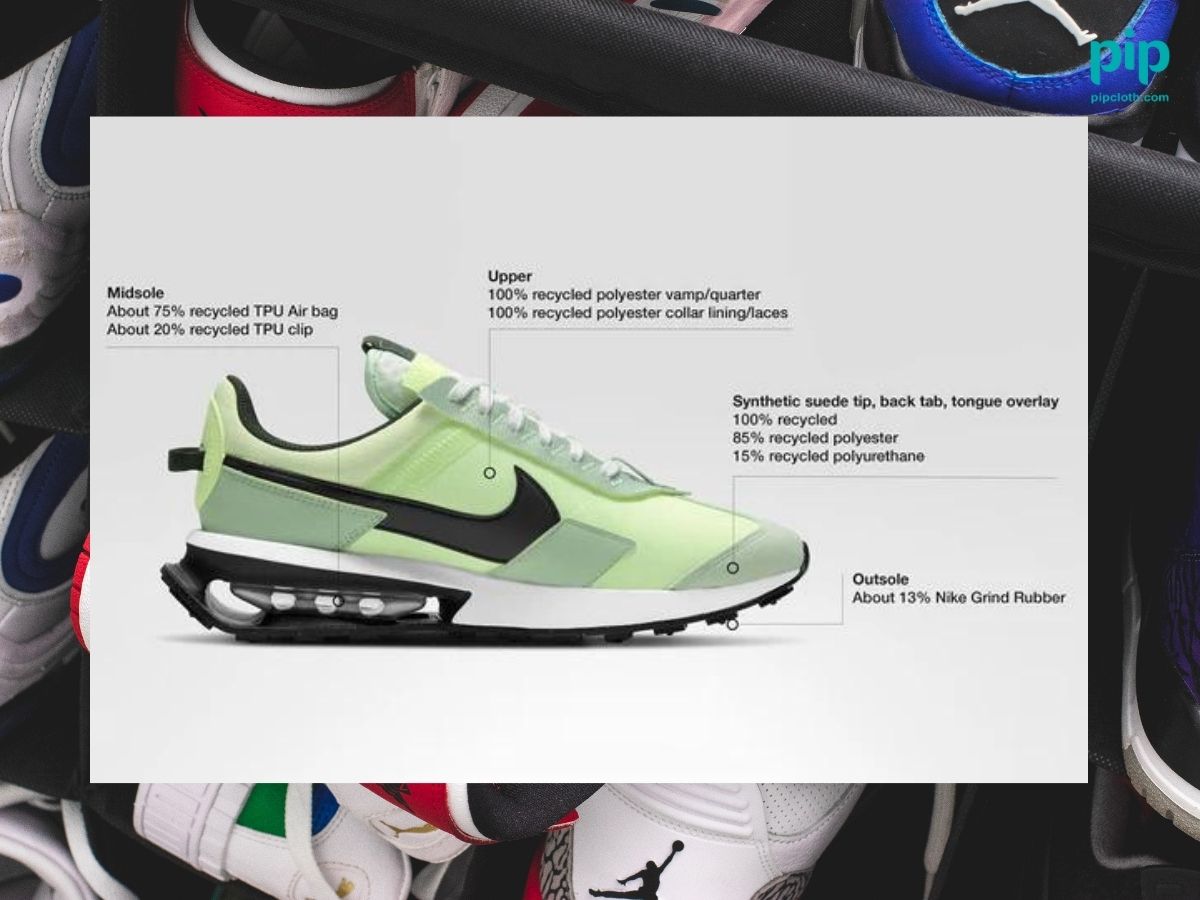
Recycled Rubber:
Air Jordan has also made significant progress in the use of recycled rubber in their outsoles. The brand sources recycled rubber from post-consumer waste, such as old sneakers and tires, and incorporates it into the production of new sneakers. By doing so, Air Jordan not only diverts waste from landfills but also reduces the environmental impact of rubber production. The production of virgin rubber requires the extraction of natural resources and contributes to deforestation, particularly in regions like Southeast Asia. In contrast, the use of recycled rubber can reduce the carbon footprint of rubber production by up to 80%. Air Jordan’s commitment to using recycled rubber showcases their dedication to closing the loop and creating a more circular economy.
Environmentally Preferred Rubber:
In addition to recycled rubber, Air Jordan has developed its own environmentally preferred rubber formula. This proprietary material contains a blend of recycled content and sustainably sourced natural rubber. By using this environmentally preferred rubber, Air Jordan reduces its reliance on petroleum-based synthetic rubber and supports more sustainable rubber farming practices. The production of natural rubber can have significant environmental and social impacts, including deforestation and labor rights issues. However, by sourcing from responsibly managed rubber plantations, Air Jordan ensures that its rubber supply chain is more sustainable and ethical.
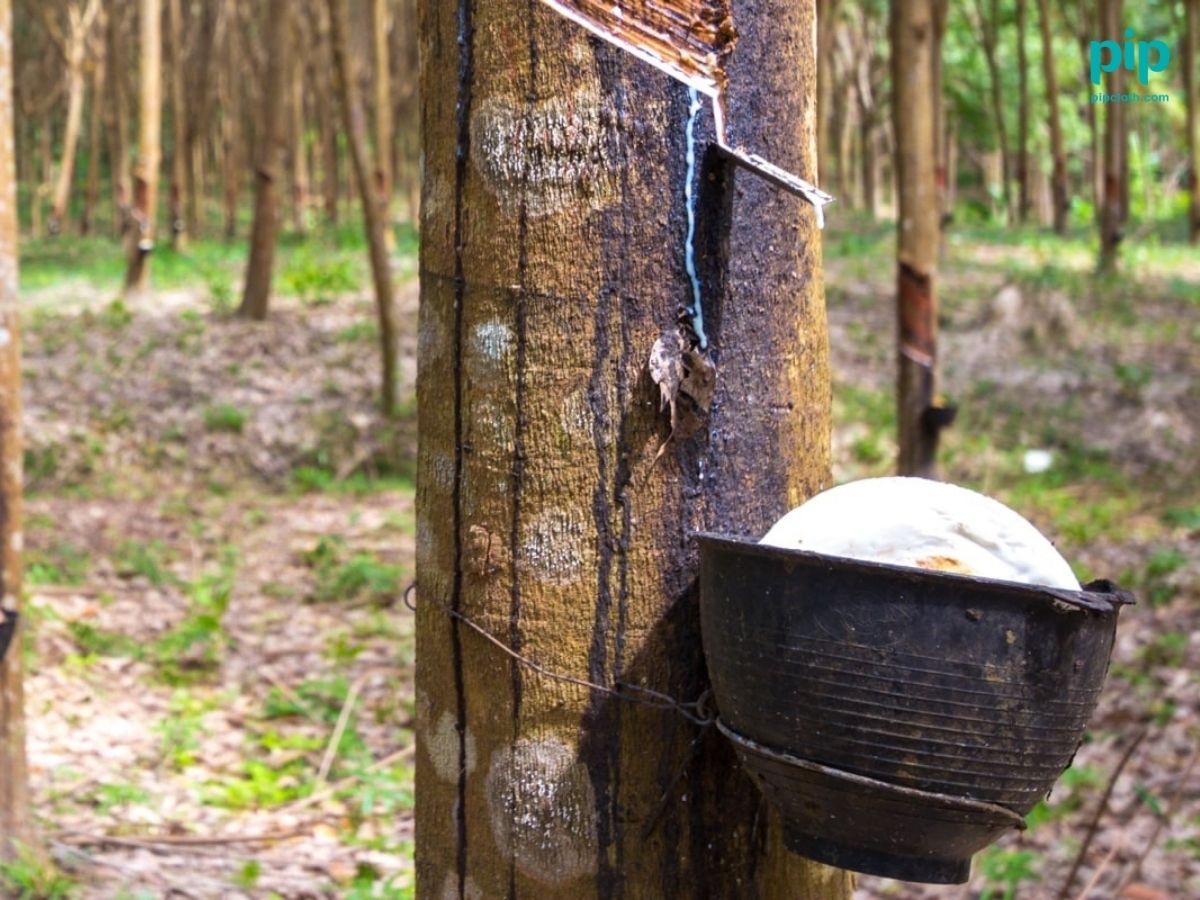
Plant-Based Materials:
Air Jordan is also exploring the use of plant-based and bio-based materials as alternatives to traditional leather and synthetic materials. These innovative materials, derived from sources like pineapple leaves, cork, and mushrooms, offer a more sustainable and cruelty-free option for sneaker production. Plant-based materials have a lower carbon footprint compared to animal-based leather and petroleum-based synthetics. They also have the potential to biodegrade more easily at the end of the sneaker’s life cycle. While the use of plant-based materials in Air Jordan sneakers is still in the experimental phase, it demonstrates the brand’s commitment to pushing the boundaries of sustainable innovation.
| Material | Environmental Impact | Air Jordan’s Usage |
| Recycled Polyester | Reduces carbon footprint and conserves energy and water | Up to 12 recycled plastic bottles per pair |
| Recycled Rubber | Diverts waste from landfills and reduces carbon footprint of rubber production | Incorporated into outsoles |
| Environmentally Preferred Rubber | Contains recycled content and sustainably sourced natural rubber | Used in sole units |
| Plant-Based Materials | Lower carbon footprint and biodegradable | Experimental phase |
Eco-Friendly Manufacturing and Production Processes:
In addition to the use of sustainable materials, Air Jordan has also implemented eco-friendly manufacturing and production processes to reduce its environmental impact. Let’s explore some of the key initiatives:
Waste Reduction and Management:
Air Jordan has implemented a range of waste reduction and management strategies to minimize the environmental impact of its manufacturing processes. One such strategy is the use of precision cutting techniques, such as computer-aided design (CAD) and computer-aided manufacturing (CAM). These technologies allow for more accurate and efficient cutting of materials, reducing waste generated during the production process. In fact, the use of CAD/CAM can reduce material waste by up to 15%. Air Jordan also has in-house recycling programs to ensure that any waste generated during production is properly sorted and recycled. The brand has set a goal to achieve zero waste to landfill from its finished goods manufacturing by 2025.
Water Conservation and Management:
Water is a precious resource, and the textile industry is notorious for its high water consumption. Air Jordan has implemented a range of water conservation and management strategies to reduce its water footprint. One such strategy is the use of waterless dyeing technologies, which use supercritical carbon dioxide instead of water to dye fabrics. This innovative process can reduce water consumption by up to 90% compared to traditional dyeing methods. Air Jordan also employs advanced wastewater treatment systems in its manufacturing facilities to ensure that any water used in production is properly treated and can be safely released back into the environment. The brand has set a goal to reduce its freshwater use in textile dyeing and finishing by 25% by 2025.
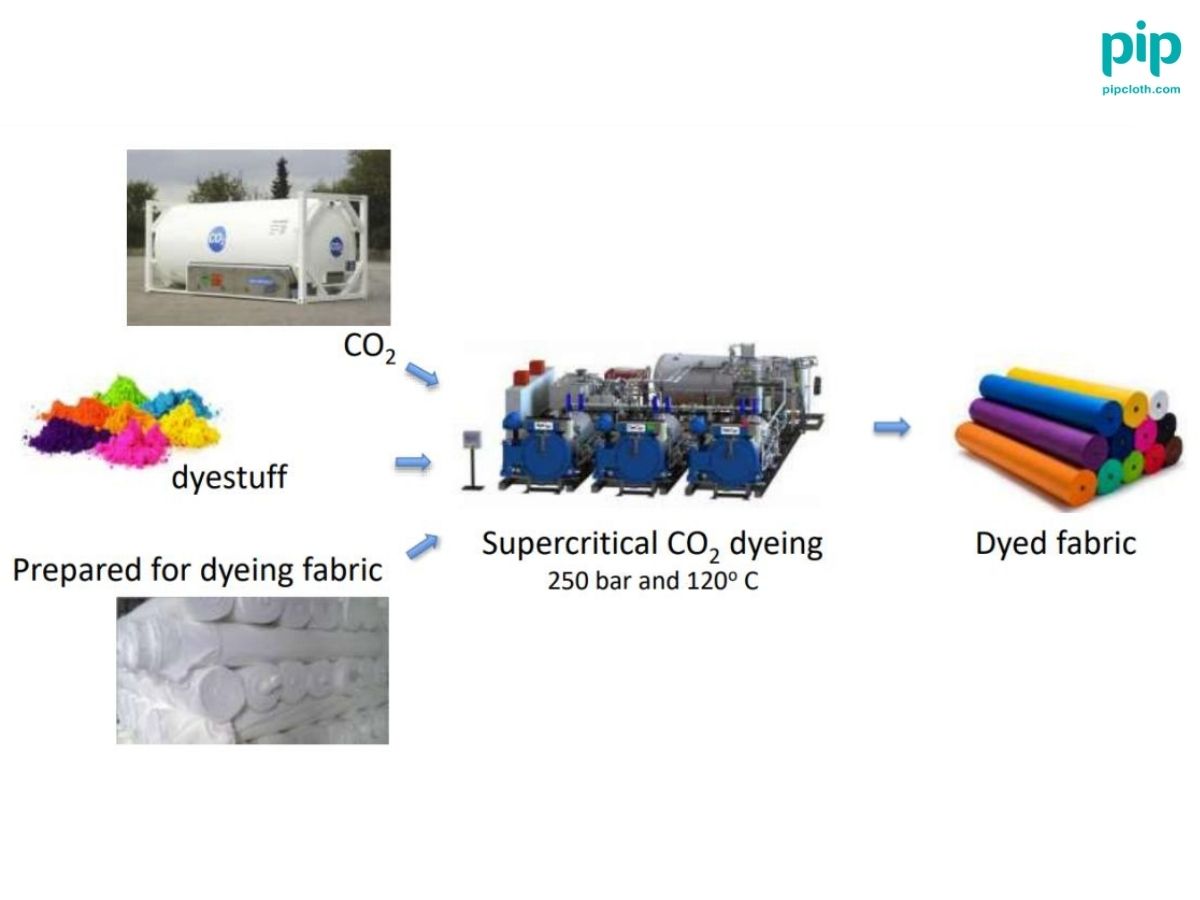
Energy Efficiency and Renewable Energy:
Air Jordan is committed to reducing its energy consumption and transitioning to renewable energy sources. The brand has implemented a range of energy efficiency measures in its manufacturing facilities, such as LED lighting, high-efficiency HVAC systems, and advanced building insulation. These measures not only reduce energy consumption but also lower greenhouse gas emissions. In addition to energy efficiency, Air Jordan has also invested in renewable energy sources, such as solar and wind power. The brand has installed solar panels on the roofs of its manufacturing facilities, generating up to 5 megawatts of clean energy. Air Jordan has set a goal to source 100% renewable energy for its owned and operated facilities by 2025.
Sustainable Packaging and Distribution:
Air Jordan has also focused on reducing the environmental impact of its packaging and distribution. The brand has implemented a range of sustainable packaging solutions, such as the use of recycled and recyclable materials, as well as the reduction of unnecessary packaging. Air Jordan has also optimized its distribution network to reduce transportation emissions. The brand has implemented a range of strategies, such as consolidating shipments, using fuel-efficient vehicles, and optimizing routes. These efforts have helped Air Jordan to reduce its transportation-related carbon emissions by 15%.
Collaboration and Partnerships for Sustainability:
Air Jordan recognizes that achieving sustainability goals requires collaboration and partnerships with a range of stakeholders. Let’s explore some of the key collaborations and partnerships that Air Jordan has established:
- Environmental Organizations and NGOs: Air Jordan has partnered with a range of environmental organizations and NGOs to support sustainability initiatives and raise awareness about environmental issues. One such partnership is with the World Wildlife Fund (WWF). Air Jordan has collaborated with WWF on a range of projects, including the development of sustainable sourcing guidelines for natural rubber. The brand has also supported WWF’s efforts to protect endangered species and habitats, such as the Amazon rainforest and the Great Barrier Reef. In addition to WWF, Air Jordan has also partnered with other environmental organizations, such as the Ocean Conservancy and the National Resources Defense Council (NRDC), to support initiatives related to ocean conservation and climate change.
- Industry Collaborations and Initiatives: Air Jordan has also collaborated with other brands and industry initiatives to promote sustainability in the sneaker industry. One such collaboration is with the Sustainable Apparel Coalition (SAC), a global alliance of retailers, manufacturers, and other stakeholders working to promote sustainable practices in the apparel and footwear industry. Through its membership in SAC, Air Jordan has access to tools and resources to measure and improve its sustainability performance, such as the Higg Index, a standardized sustainability assessment tool. Air Jordan has also joined the Better Cotton Initiative (BCI), a global program that promotes sustainable cotton farming practices. By sourcing cotton from BCI-certified farms, Air Jordan supports more sustainable and ethical cotton production.
- Academic and Research Partnerships: Air Jordan has also established partnerships with academic and research institutions to advance sustainability research and innovation. One such partnership is with the Massachusetts Institute of Technology (MIT) Media Lab, a research laboratory that explores the intersection of technology, science, and design. Through this partnership, Air Jordan has access to cutting-edge research and expertise in areas such as materials science, digital fabrication, and sustainable design. Air Jordan has also collaborated with the University of Oregon’s Sustainable Cities Institute to develop a tool to measure the environmental impact of its products across their entire life cycle. This tool, called the Materials Sustainability Index (MSI), helps Air Jordan to identify opportunities to reduce its environmental impact and make more sustainable design choices.
Circular Economy and Product Life Cycle Management:
Air Jordan is committed to advancing the circular economy and managing the entire life cycle of its products to reduce environmental impact. Let’s explore some of the key initiatives in this area:
- Recycling and Take-Back Programs: Air Jordan has implemented a range of recycling and take-back programs to ensure that its products are properly recycled at the end of their life cycle. One such program is Nike Grind, a global recycling initiative that collects and recycles old sneakers and other athletic gear. Through Nike Grind, Air Jordan has diverted millions of pounds of waste from landfills and transformed it into new products, such as sports surfaces and playground equipment. Air Jordan has also implemented a Reuse-A-Shoe program, which collects old sneakers and recycles them into materials that can be used in the production of new sneakers. The brand has set a goal to recycle or donate 100% of its post-consumer footwear waste by 2025.
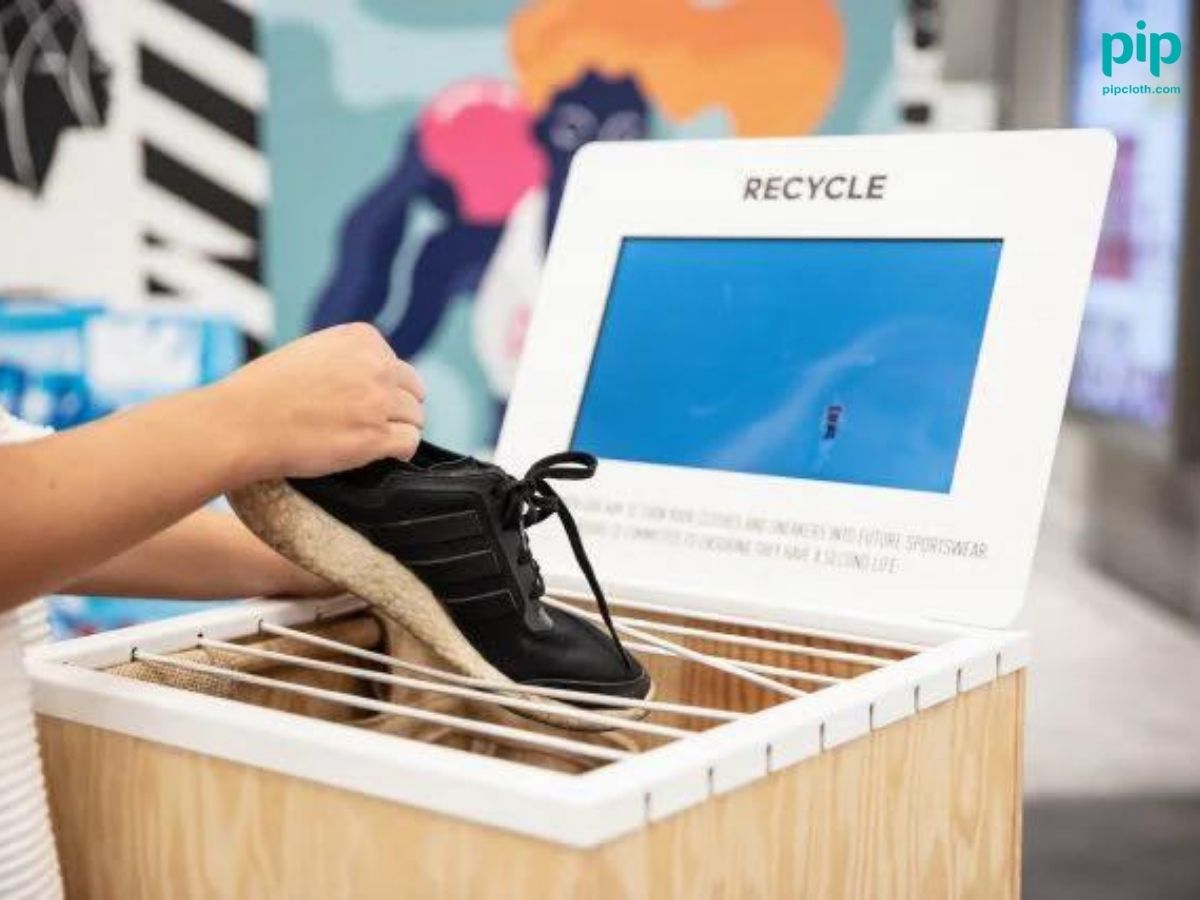
- Upcycling and Repurposing Initiatives: In addition to recycling, Air Jordan has also implemented a range of upcycling and repurposing initiatives to give new life to old sneakers. One such initiative is the Air Jordan 1 Retro High OG “Best Hand in the Game” collection, which features four colorways inspired by the materials used in the original Air Jordan 1. Each colorway in the collection is made from a combination of full-grain leather, patent leather, and suede, all of which are sourced from the excess materials used in the production of other Air Jordan sneakers. By repurposing these materials, Air Jordan reduces waste and creates unique, limited-edition sneakers that are highly sought after by collectors.
- Design for Durability and Longevity: Air Jordan is committed to designing sneakers that are built to last, reducing the need for frequent replacements and minimizing waste. The brand uses high-quality materials and construction techniques to ensure that its sneakers can withstand the test of time. For example, the Air Jordan 1 Retro High OG “Shattered Backboard” features a full-grain leather upper that is designed to age gracefully over time, developing a unique patina that tells the story of the wearer’s adventures. Air Jordan also offers a range of cleaning and care products to help customers extend the life of their sneakers, such as the Air Jordan 1 Cleaning Kit, which includes a specialized brush, cleaning solution, and microfiber cloth.
- Consumer Education and Engagement: Air Jordan recognizes that consumer education and engagement are critical to advancing the circular economy and promoting sustainable consumption. The brand has implemented a range of initiatives to educate consumers about the environmental impact of their choices and encourage them to make more sustainable decisions. For example, Air Jordan has partnered with the Ellen MacArthur Foundation, a leading organization in the circular economy movement, to develop educational resources and campaigns around sustainable consumption. The brand has also launched a “Choose to Reuse” campaign, which encourages customers to bring their old sneakers to participating Nike stores for recycling and rewards them with discounts on future purchases.
Measuring and Reporting Environmental Impact:
Air Jordan is committed to measuring and reporting its environmental impact to track progress and identify areas for improvement. Let’s explore some of the key initiatives in this area:
- Carbon Footprint Assessment and Reduction: Air Jordan has implemented a range of strategies to assess and reduce its carbon footprint. The brand conducts life cycle assessments (LCAs) of its products to identify the environmental impact of each stage of the product life cycle, from raw material extraction to end-of-life disposal. Through these assessments, Air Jordan has identified that the majority of its carbon footprint comes from the materials and manufacturing stages of the product life cycle. To reduce its carbon footprint, Air Jordan has implemented a range of initiatives, such as the use of sustainable materials, energy efficiency measures, and renewable energy. The brand has set a goal to reduce its absolute carbon emissions by 30% by 2030.
- Waste and Water Impact Assessment: Air Jordan has also implemented strategies to assess and reduce its waste and water impact. The brand conducts waste audits to identify the types and sources of waste generated in its operations and implement strategies to reduce waste and increase recycling. Air Jordan has set a goal to achieve zero waste to landfill from its finished goods manufacturing by 2025. The brand has also conducted water footprint assessments to identify the water consumption and pollution associated with its operations and supply chain. Through these assessments, Air Jordan has identified that the majority of its water footprint comes from the cotton cultivation and textile dyeing stages of the product life cycle. To reduce its water impact, Air Jordan has implemented a range of initiatives, such as the use of recycled and organic cotton, as well as advanced wastewater treatment technologies.
- Transparency and Disclosure: Air Jordan is committed to transparency and disclosure of its environmental impact and sustainability performance. The brand publishes an annual Sustainable Business Report, which provides detailed information on its sustainability strategy, initiatives, and progress towards its goals. The report is prepared in accordance with the Global Reporting Initiative (GRI) Standards, a widely recognized framework for sustainability reporting. Air Jordan also participates in a range of third-party certification and disclosure programs, such as the Carbon Disclosure Project (CDP), which assesses companies’ carbon emissions and climate change strategies, and the Sustainable Apparel Coalition’s Higg Index, which assesses the environmental and social sustainability performance of apparel and footwear products.
Challenges and Future Outlook:
While Air Jordan has made significant progress in advancing sustainability, the brand also faces a range of challenges and opportunities for future improvement. One of the key challenges is balancing sustainability with performance and style, which are core to the Air Jordan brand identity. Sustainable materials and production processes must meet the same high standards of quality, durability, and aesthetic appeal as traditional materials and processes. Air Jordan is investing in research and development to identify new sustainable materials and technologies that can meet these standards, such as recycled polyester, plant-based leathers, and advanced manufacturing techniques like 3D printing.
Another challenge is scaling up sustainable practices across the entire supply chain, which involves a complex network of suppliers, manufacturers, and distributors. Air Jordan is working to engage and support its suppliers in adopting sustainable practices, such as providing training and resources on energy efficiency, water conservation, and waste reduction. The brand is also exploring new business models and partnerships to advance sustainability, such as product-as-a-service and circular economy initiatives.
Looking to the future, Air Jordan has set ambitious goals and targets for sustainability, such as achieving a 30% reduction in carbon emissions by 2030, sourcing 100% renewable energy for its operations by 2025, and recycling or donating 100% of its post-consumer footwear waste by 2025. To achieve these goals, the brand will need to continue to innovate and collaborate with a range of stakeholders, from suppliers and industry partners to consumers and policymakers.
Conclusion:
Air Jordan’s eco-friendly initiatives and sustainable materials demonstrate the brand’s commitment to reducing its environmental impact and advancing sustainability in the sneaker industry. From the use of recycled and plant-based materials to the implementation of circular economy principles and carbon reduction strategies, Air Jordan is setting a new standard for sustainable sneaker production.
However, the journey towards sustainability is not without its challenges, and there is still much work to be done. As consumers, we have a critical role to play in supporting and demanding sustainable practices from the brands we love. By making informed choices
FAQ Section:
What are some innovative sustainable materials used by Air Jordan in their sneakers?
Air Jordan incorporates a range of sustainable materials in their sneakers, including:
- Recycled polyester made from post-consumer plastic bottles, with up to 12 bottles used per pair
- Recycled rubber sourced from old sneakers and tires for the outsoles
- Environmentally preferred rubber containing recycled content and sustainably sourced natural rubber
- Experimental plant-based materials derived from sources like pineapple leaves, cork, and mushrooms
How does Air Jordan reduce waste in their manufacturing processes?
Air Jordan employs several strategies to minimize waste in production:
- Precision cutting techniques like computer-aided design (CAD) and computer-aided manufacturing (CAM) to reduce material waste by up to 15%
- In-house recycling programs to properly sort and recycle any waste generated during production
- A goal to achieve zero waste to landfill from finished goods manufacturing by 2025
What water conservation measures has Air Jordan implemented in their production?
Air Jordan has adopted various water-saving practices, such as:
- Waterless dyeing technologies using supercritical carbon dioxide, reducing water consumption by up to 90% compared to traditional methods
- Advanced wastewater treatment systems to ensure proper treatment and safe release of water used in production
- A target to reduce freshwater use in textile dyeing and finishing by 25% by 2025
How is Air Jordan promoting energy efficiency and the use of renewable energy in their facilities?
Air Jordan is committed to reducing energy consumption and transitioning to renewable sources through initiatives like:
- Energy efficiency measures such as LED lighting, high-efficiency HVAC systems, and advanced building insulation
- Installation of solar panels on manufacturing facility roofs, generating up to 5 megawatts of clean energy
- A goal to source 100% renewable energy for owned and operated facilities by 2025
What collaborations has Air Jordan established to support sustainability initiatives?
Air Jordan has partnered with various organizations to promote sustainability, including:
- World Wildlife Fund (WWF) to develop sustainable sourcing guidelines for natural rubber and support conservation efforts
- Ocean Conservancy and National Resources Defense Council (NRDC) for ocean conservation and climate change initiatives
- Sustainable Apparel Coalition (SAC) to measure and improve sustainability performance using tools like the Higg Index
- Better Cotton Initiative (BCI) to support sustainable and ethical cotton production
How is Air Jordan advancing the circular economy through recycling and take-back programs?
Air Jordan has implemented several initiatives to close the loop and promote circularity:
- Nike Grind, a global recycling program that has diverted millions of pounds of waste from landfills by collecting and recycling old sneakers and gear
- Reuse-A-Shoe program to collect and recycle old sneakers into materials for new products
- A goal to recycle or donate 100% of post-consumer footwear waste by 2025
What strategies does Air Jordan employ to design sneakers for durability and longevity?
Air Jordan focuses on creating long-lasting sneakers through:
- The use of high-quality, durable materials like full-grain leather designed to age gracefully over time
- Robust construction techniques to ensure sneakers can withstand wear and tear
- Offering cleaning and care products to help customers extend the life of their sneakers
How does Air Jordan assess and reduce its carbon footprint?
Air Jordan takes a comprehensive approach to measuring and reducing its carbon footprint:
- Conducting life cycle assessments (LCAs) to identify the environmental impact at each stage of a product’s life cycle
- Implementing sustainable materials, energy efficiency measures, and renewable energy to reduce carbon emissions
- Setting a goal to reduce absolute carbon emissions by 30% by 2030
What transparency and disclosure practices does Air Jordan follow regarding its environmental impact?
Air Jordan demonstrates transparency by:
- Publishing an annual Sustainable Business Report detailing their sustainability strategy, initiatives, and progress, prepared in accordance with Global Reporting Initiative (GRI) Standards
- Participating in third-party certification and disclosure programs like the Carbon Disclosure Project (CDP) and the Sustainable Apparel Coalition’s Higg Index
What challenges does Air Jordan face in balancing sustainability with performance and style, and how are they addressing these challenges?
Balancing sustainability with the brand’s core identity of performance and style is a key challenge. Air Jordan is tackling this by:
- Investing in research and development to identify sustainable materials and technologies that meet their high standards of quality, durability, and aesthetics
- Exploring innovative solutions like recycled polyester, plant-based leathers, and advanced manufacturing techniques such as 3D printing
- Engaging and supporting suppliers in adopting sustainable practices through training and resources on energy efficiency, water conservation, and waste reduction


